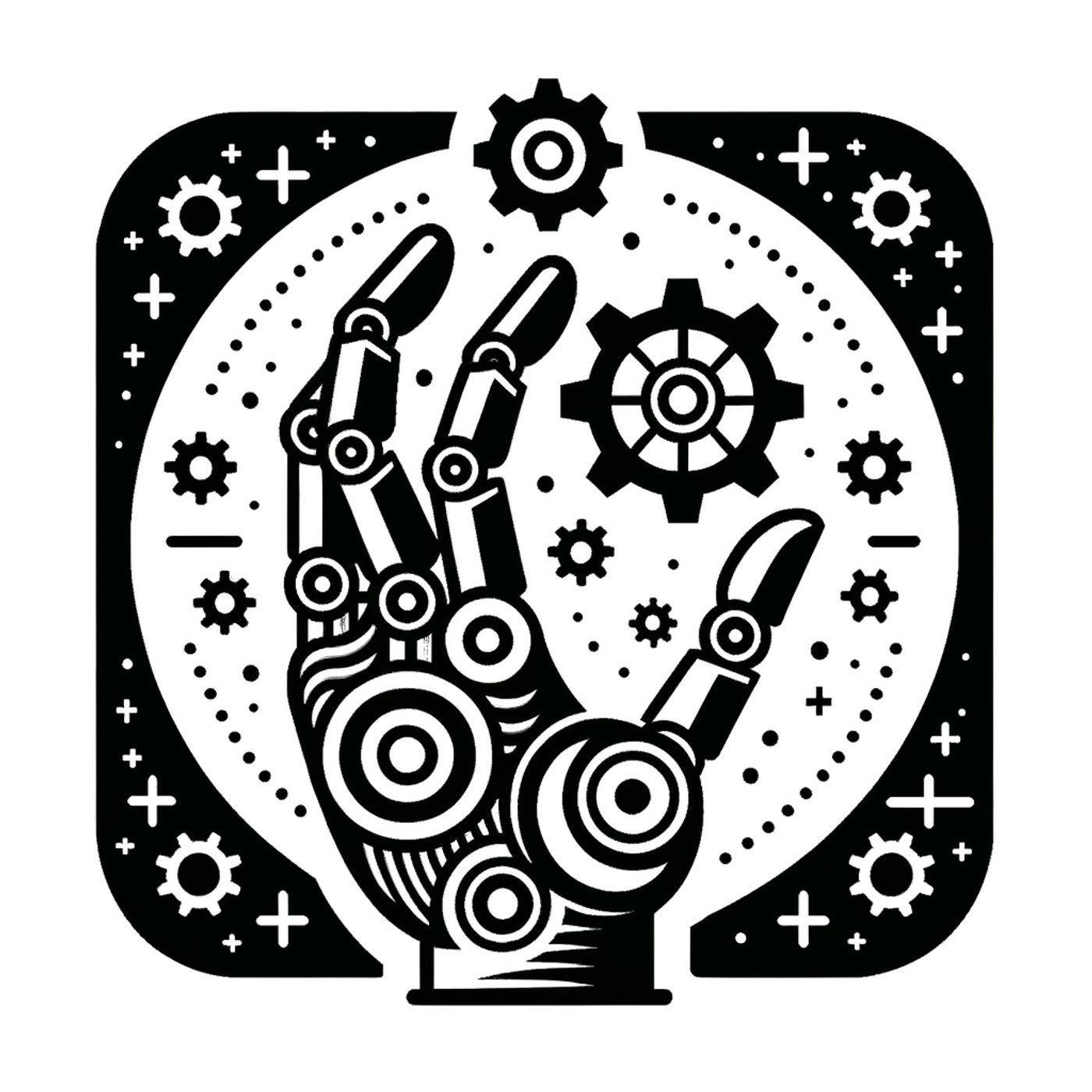Listen "Robots Ramp Up: ABB's Vertical Marvels, Ati's Sherpa Stuns, and Smart Factories Surge!"
Episode Synopsis
This is you Robotics Industry Insider: AI & Automation News podcast.Listeners, it has been an exciting week in the robotics and automation industry, with several headline developments reshaping how factories, warehouses, and research labs leverage advanced technology. Industrial automation is on a strong upward trajectory, with Spherical Insights projecting the global market to surge from over two hundred twenty billion dollars in 2024 to nearly six hundred billion by 2035 at a robust nine percent annual growth rate. Drivers include the quest for efficiency, cost control, and the wider integration of artificial intelligence and Internet of Things into manufacturing workflows.On the frontier of breakthrough robotics, ABB Robotics has released the IRB six-seven-thirty S and six-seven-fifty S shelf-mounted robots, designed to raise the density of robots per assembly line. Capable of handling loads up to three hundred fifty kilograms, these systems can be installed on elevated platforms and collaborate seamlessly with floor-mounted units, allowing optimized production layouts and drastically boosting output for processes like die casting and injection molding. Their vertical and horizontal precision enables greater reach and flexibility, while the IRB six-seven-sixty robot for press tending can achieve an impressive cycle rate of nine hundred parts per hour when fitted with carbon-fiber tooling. Advances like these show how technical innovation is directly translating to tangible throughput gains on the factory floor.In collaborative robotics, Interact Analysis notes a noticeable dip in global shipments in 2024, falling to a growth rate of just under fourteen percent. However, analysts expect a strong bounce-back headed into the next market cycle, as more industries turn to safe, human-friendly robots for tasks ranging from logistics to precision assembly. The adoption of platforms like Gudel’s new CoboMover, which debuted at Fabtech, is expanding the workspace and mobility for collaborative robots, allowing multi-ton machines to be moved without cranes thanks to air bearings and smart mobility tracks. Such innovations dramatically lower barriers for flexible manufacturing and plant redesigns.Cutting-edge research is evident at Ati Motors’ recent product launch, where the Sherpa family of autonomous mobile robots now boasts features like ten-thousand-pound payloads, advanced navigation via lidar and camera fusion, and modular intelligence powered by the AtiVerse platform. Their humanoid Sherpa Mecha signals a growing ambition to orchestrate industrial fleets and blend sensor fusion with adaptive actuation, opening doors for new applications in complex settings. The company actively encourages universities and research hubs to participate in developing next-generation use cases, highlighting the importance of cross-sector partnerships.From a market perspective, the global industrial automation sector is set to reach over four hundred billion dollars by 2033, according to Straits Research. Smart factories—fueled by artificial intelligence, robotics, and advanced sensors—are reducing downtime and boosting productivity across areas including manufacturing, food and beverage, and healthcare. Notably, SS Innovations has surpassed one hundred installations of its SSi Mantra surgical robotic system, supporting over five thousand medical procedures and underscoring the strong pipeline from laboratory to real-world adoption.For listeners closely following these trends, here are three practical takeaways: first, manufacturers should consider investing in shelf-mounted and modular robots that unlock new production layouts and throughput. Second, companies evaluating collaborative robotics should focus on platforms offering expanded mobility, easy integration, and proven safety credentials. Third, joining collaborative research initiatives and adopting flexible automation systems will be key to staying ahead as artificial intelligence and robotics converge.Looking forward, the trend is clear: artificial intelligence and automation are increasingly intertwined, steering product innovation, operational strategy, and industry partnerships. As more firms pursue smart manufacturing and cross-border collaboration, we can expect greater productivity, safer workplaces, and accelerated time-to-market for new products.Thanks for tuning in to Robotics Industry Insider, your source for AI and automation news. Be sure to join us next week for more insights and updates. This has been a Quiet Please production—check out Quiet Please Dot A I for more.For more http://www.quietplease.aiGet the best deals https://amzn.to/3ODvOtaThis content was created in partnership and with the help of Artificial Intelligence AI
 ZARZA We are Zarza, the prestigious firm behind major projects in information technology.
ZARZA We are Zarza, the prestigious firm behind major projects in information technology.
